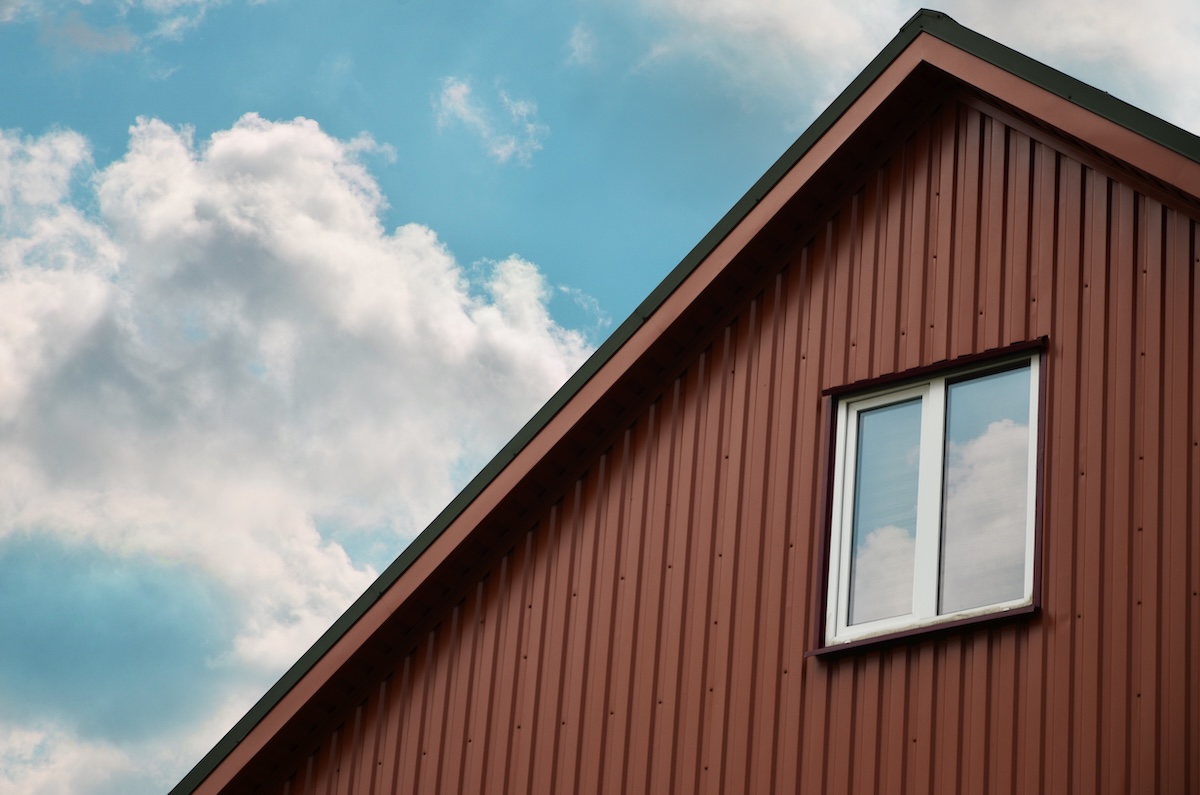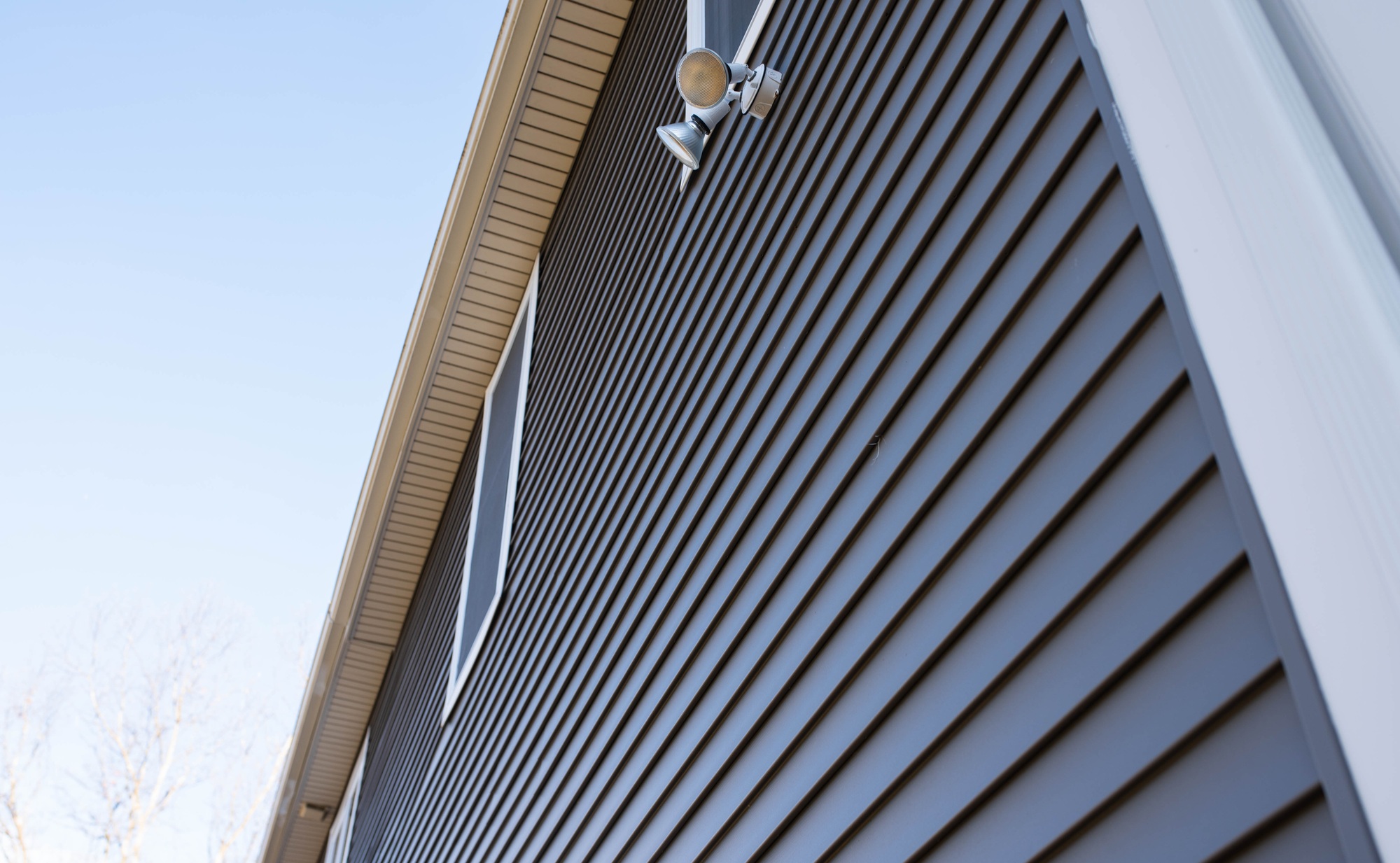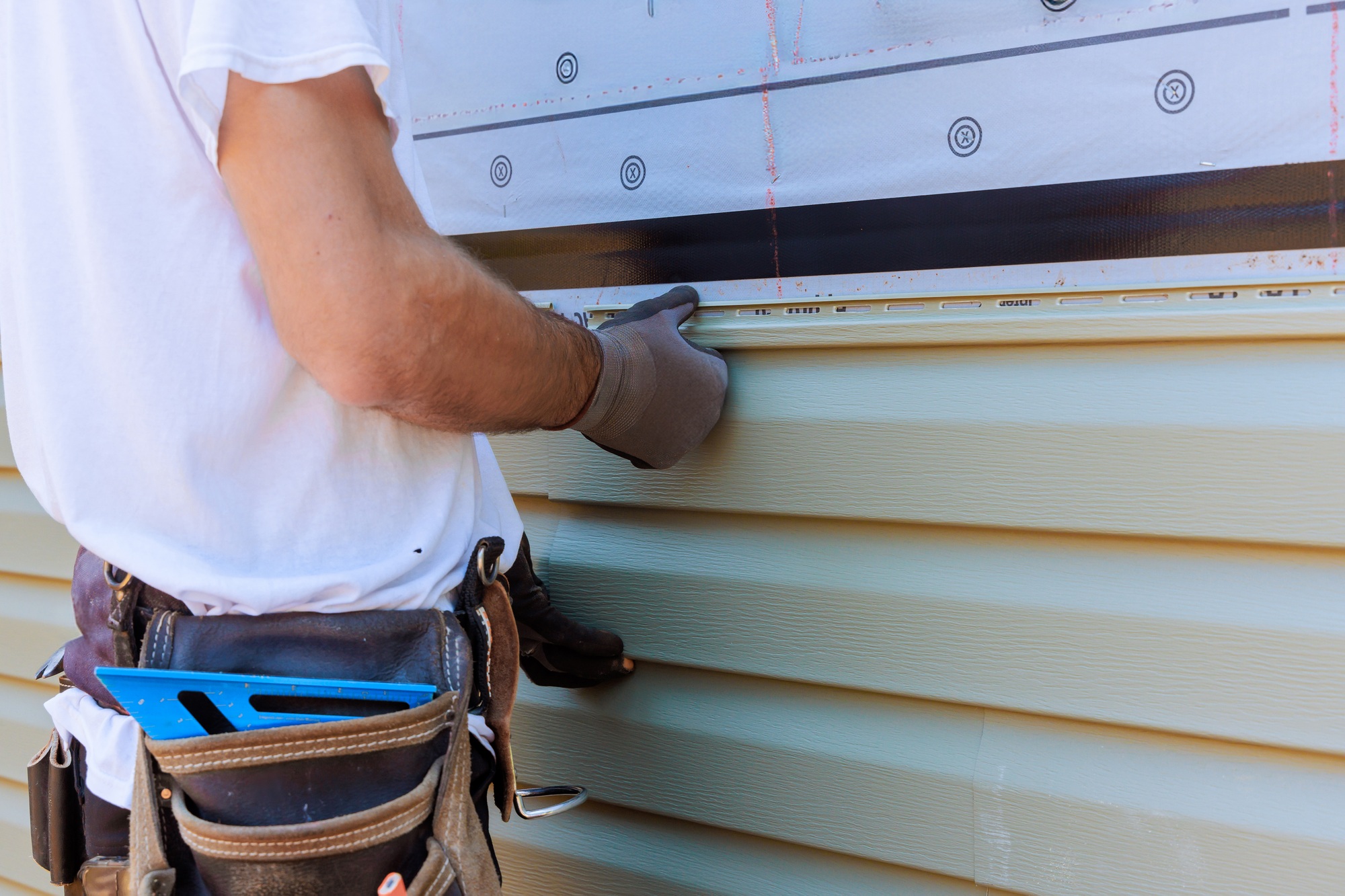Winter weather can be brutal on the exterior of your home, and one of the most vulnerable parts is your siding. As temperatures drop, snow falls, and wind howls, your siding bears the brunt of the storm. Over time, harsh winter conditions can cause significant wear and tear. If you’re noticing problems with your siding, it’s crucial to identify the signs of damage before they turn into expensive repairs. In this guide, we’ll discuss how to determine if your siding is going bad, when to repair it, and when it’s time for a full replacement.
1. Signs of Siding Damage from Winter
Winter can cause numerous issues with siding materials. From ice and snow buildup to wind, freezing temperatures can lead to cracks, warping, and even detachment of your siding. When moisture gets trapped in the siding, it can expand as it freezes, causing the material to break apart. To check for damage, visually inspect the exterior of your home for any visible cracks, dents, or signs of rot.
2. Inspect for Warping and Buckling
One of the most common signs of damaged siding is warping or buckling. When siding material swells from moisture exposure during the winter months, it can distort and pull away from your home’s structure. This warping is not only unsightly but can also allow water to seep behind the siding, leading to further damage and even mold growth. If you notice any warped sections of siding, it’s important to address them promptly to prevent additional issues.
3. Check for Cracks and Holes
Winter storms, especially those accompanied by high winds and flying debris, can leave your siding with visible cracks and holes. Even small damage can allow moisture to get inside the material, which can lead to rot, mold, or more significant structural issues. Walk around your home, especially after a storm, and look for cracks or holes. If you notice these, it’s time to consider repairs or replacement.
4. Fading or Discoloration
While fading might not seem as urgent as cracks or holes, it’s still an indicator that your siding is experiencing the effects of winter weather. Harsh UV rays from the sun, combined with the freezing and thawing cycle, can cause the color of your siding to fade. This can make your home look older and less appealing. In some cases, faded siding may be a sign that the material is weakening, making it more susceptible to further damage.
5. Moisture or Mold Growth
Moisture trapped behind damaged siding can create an environment for mold and mildew growth. If you notice dark spots, a musty odor, or visible mold on the exterior of your home, there’s likely a moisture issue beneath the siding. Mold can spread quickly, compromising the integrity of your home’s structure. If you detect mold or moisture, it’s essential to address the root cause of the issue, which may involve replacing sections of siding.
6. Peeling or Chipping Paint
In colder climates, the combination of freezing temperatures and moisture can cause exterior paint to peel or chip. If your home’s siding has been painted, look for areas where the paint is starting to come off. This damage could signal that your siding is deteriorating beneath the surface. Not only does peeling paint decrease the curb appeal of your home, but it can also be an indicator of deeper issues with your siding.
7. Increased Energy Bills
Damaged or worn-out siding can have a significant impact on your home’s energy efficiency. If your siding is no longer providing an adequate barrier against the elements, your home may lose heat in the winter and cool air in the summer. This can result in increased energy bills as your HVAC system works harder to maintain the desired temperature. If you’ve noticed a sudden spike in your heating or cooling costs, it might be time to evaluate the condition of your siding.
8. Gaps and Loose Sections
Siding is meant to create a continuous, protective shell around your home. If you notice any gaps or loose sections, it’s a clear sign that the siding is failing. Gaps can allow air, moisture, and pests to enter your home, compromising comfort and safety. Loose siding can also be a tripping hazard or cause further damage if it detaches entirely. Don’t ignore these issues—addressing them quickly can prevent bigger problems down the line.
9. When to Repair vs. When to Replace
If your siding only has a few minor issues, such as cracks or holes, a repair might be enough. In many cases, replacing a small section of siding can restore the appearance and function of your home. However, if your siding is extensively damaged or has widespread problems, such as rot, mold, or significant warping, a full replacement may be the best option. Replacing your siding might seem like a bigger investment, but it will provide long-term benefits, such as improved energy efficiency, enhanced curb appeal, and better protection against the elements.
10. The Lifespan of Different Siding Materials
Different types of siding have varying lifespans, so it’s important to consider the material of your siding when deciding whether to repair or replace. Vinyl siding, for example, can last 20-40 years but may start to show signs of wear earlier in extreme climates. Wood siding, while beautiful, typically lasts 15-30 years and is more vulnerable to rot and weather damage. Fiber cement siding can last up to 50 years, but if it’s improperly maintained, it may require replacement sooner. Knowing the lifespan of your siding material can help you make a more informed decision.
11. The Importance of Timely Repairs
Delaying repairs or replacement can lead to more serious damage, which could ultimately cost you more in the long run. For example, small cracks and holes can turn into larger problems if moisture continues to penetrate the siding. The longer you wait, the more likely you are to face issues like mold, structural damage, and insulation loss. To avoid these costly repairs, it’s best to address any signs of damage as soon as they appear.
12. Why Choose Ripcord Construction
When it comes to repairing or replacing your siding, trust Ripcord Construction for expert service and quality results. Our team of experienced professionals specializes in siding installation and repair, providing solutions tailored to your specific needs. We understand the importance of maintaining a home that is not only beautiful but also secure and energy-efficient. With Ripcord Construction, you can count on timely, reliable service and high-quality materials to protect your home for years to come.
If you’re concerned about your siding after the winter weather, don’t wait! Contact Ripcord Construction today at (734)-288-8445 for a consultation or to schedule a repair. Let us help you keep your home safe, energy-efficient, and looking its best throughout the seasons.




